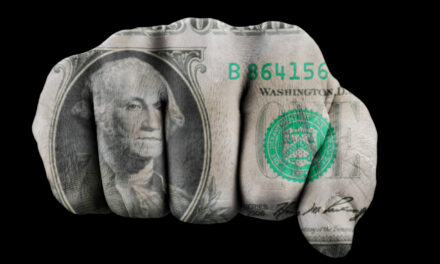The Social Security administration announced that benefit checks will receive a modest 1.6% cost-of-living-adjustment for 2020, quite a bit less than the COLA bumps from the past two years.
The COLA adjustments have averaged about 1.4% over the past decade.
Checks got a 2.8% bump in 2019, and a 2% bump in 2018. Of course, a 1.6% increase is better than nothing, which retirees got in 2010, 2011 and 2016. The COLA adjustments have averaged about 1.4% over the past decade, so the 2020 bump is slightly bigger than the recent average.
The COLA will push the average Social Security benefits check for a retired worker up to $1,503 a month beginning with the new year.
To calculate the increase each year, the Social Security Administration uses the Consumer Price Index for Urban Wage Earners and Clerical Workers, known as the CPI-W, which is put out by the Bureau of Labor Statistics.
The bump coming in 2020 was right in line with estimates released in September by the Senior Citizens League.
The next big announcement to look for is what Medicare Part B premiums will look like in 2020, with estimates pointing to about $144.30, an increase of more than $10 a month compared to $135.50 this year.
That increase means that people in the lowest Social Security benefits bracket, which is about $550 or less, won’t see more money in their bank accounts.
Medicare Part B premiums cover doctor’s visits and similar services, and those costs are generally subtracted directly from Social Security benefits checks.
There is a rule, a hold harmless provision, in place that doesn’t allow Part B premium hikes to be larger than the Social Security COLA and about 70% of beneficiaries are covered. People that earn too much money, however, don’t fall under the hold harmless rule and will likely see a small increase to their Medicare premium.
In other news, the tax rates on retiree income will stay about the same. Individuals who make more than $25,000 or couples who make more than $32,000 will have their benefits subjected to taxes.




